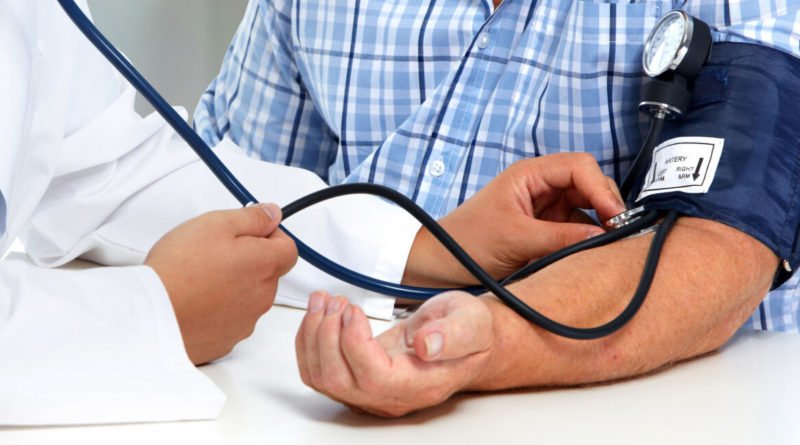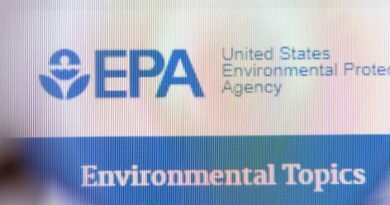Is High Blood Pressure Overtreated?
Concerned about a high blood pressure reading at your last doctor’s appointment? Your concern may be misplaced. Some doctors believe that hypertension is commonly over- or misdiagnosed, and official blood pressure guidelines from medical organizations around the world differ.
Blood pressure measures the force the heart exerts on blood vessels. Systolic pressure (the first or upper number) measures the force in the arteries as the heart beats; while diastolic pressure (the second or lower number) is the measure of force in the arteries as the heart rests between beats. It’s measured in millimeters of mercury (mm HG).
“White-coat” hypertension (wherein an anxious patient’s blood pressure rises in the presence of a doctor)—along with a shifting definition of hypertension to include lower readings—may mean that more people are diagnosed with the condition and are prescribed medication for it than actually have it.
Shifting Definition
The number of adults with hypertension worldwide increased from 594 million in 1975 to 1.13 billion in 2015, according to the World Health Organization. However, the exact definition of hypertension is in dispute and thus may skew the numbers.
A 2017 guideline from the American College of Cardiology and American Heart Association lowered the cutoff point for a high blood pressure diagnosis in adults from 140/90 mm Hg to 130/80 mm Hg.
This change meant “while about 14 percent more people will be diagnosed with high blood pressure and counseled about lifestyle changes, there will only be a small increase in those who will be prescribed medication,” the American Heart Association claimed at the time.
But in using this cutoff point, nearly half of adults in the U.S. (47 percent, or 116 million) in 2022 had hypertension or took medication for hypertension, according to the Centers for Disease Control and Prevention.
The World Health Organization in 2021 still recommended that doctors hold off prescribing blood pressure medication unless blood pressure hit the 140/90 mm Hg threshold. For patients with existing cardiovascular disease, the group recommended initiating medication at a systolic reading of 130–139 mm Hg.
‘White-Coat’ Hypertension
Leland Stillman, M.D., in a November 2022 interview with Joseph Mercola, D.O., said many patients are being overtreated for high blood pressure. In some cases, improper readings are to blame.
Stillman told Mercola that patients may be prescribed blood pressure medication “because they were relying on one or two numbers from the doctor’s office,” where they may be nervous or agitated.
Stillman called this problem “an epidemic” and said, “I think high blood pressure is massively over-diagnosed because of this, and it’s just one of many examples I can give you about how the mainstream practices [result in overtreatment].”
Stillman, the author of “Dying to Be Free: How America’s Ruling Class Is Killing and Bankrupting Americans, and What to Do About It,” said when he takes patients’ blood pressure readings after they have been sitting and resting for five minutes, “lo and behold, they’ll have completely normal numbers.”
In part to account for white-coat hypertension, the International Society of Hypertension in 2021 recommended using a threshold of 140/90 mmHg for an official diagnosis of hypertension, but 135/85 mm Hg for home blood pressure monitoring and 130/80 mm Hg for 24-hour ambulatory monitoring.
‘Harm and Waste’
“Lowering definitions of hypertension has led to identification and drug treatment of larger populations of patients despite lack of evidence that drugs reduce morbidity or mortality,” wrote American and Canadian doctors back in 2014, in a BMJ analysis.
This was in response to an even earlier lowering of the threshold for medical intervention—from a diastolic pressure of greater than 115 mm Hg to a reading of 140/90 mm Hg.
The doctors noted that using the same threshold for all patients ignores individual risk profiles, overlooks adverse effects of medication, and removes incentives for patients to lower blood pressure through “lifestyle choices”—that is, diet and exercise.
They wrote that people with what they called “mild hypertension” (a systolic pressure reading of 140 to 159 mm Hg) do not necessarily benefit from drug treatment.
Dr. John Brodersen is a general practitioner with a doctorate in public health and psychometrics and works as an associate research professor in the area of medical screening at University of Copenhagen, Department of Public Health. Brodersen told The Epoch Times that lowering the threshold for a high blood pressure diagnosis in 2017 was “helpful to only a few people, maybe nobody, and it was harmful to thousands or millions of people.”
“Expanding definitions of disease are causing too many people to be diagnosed and treated unnecessarily, producing harm and waste, posing a major threat to human health and the sustainability of health systems, and creating growing conflict within medicine,” states a 2018 analysis co-authored by Brodersen in the BMJ.





